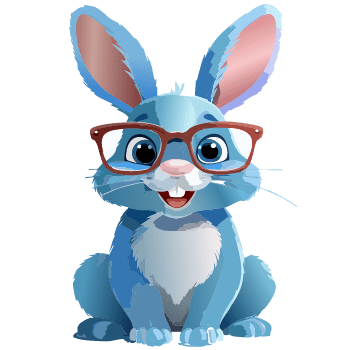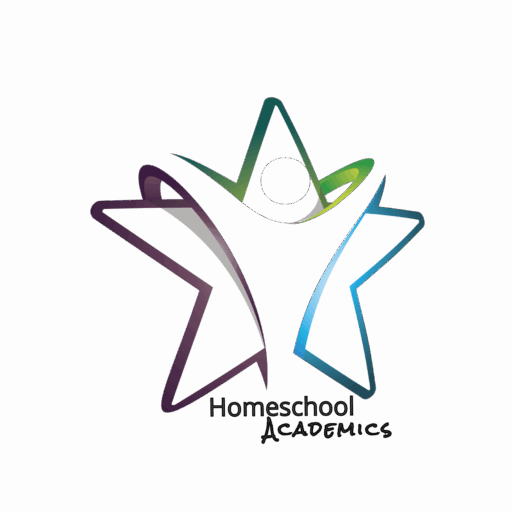Dysphasia and aphasia are terms often used to describe language disorders, though “aphasia” is more commonly used in modern terminology. Both conditions involve difficulties with language processing, including speaking, understanding, reading, or writing, but they exist on a spectrum of severity.
Dysphasia vs. Aphasia:
- Dysphasia: A term used to describe partial loss of language ability due to brain injury, stroke, or other neurological conditions.
- Aphasia: Refers to a complete or significant loss of language abilities. Aphasia is often used interchangeably with dysphasia today.
Dysphasia and the Public School System
Eligibility for Special Education:
Students with dysphasia or aphasia are typically eligible for special education services under the Individuals with Disabilities Education Act (IDEA). This law ensures that children with language disorders are entitled to a Free Appropriate Public Education (FAPE) tailored to their needs.
Individualized Education Program (IEP):
Students diagnosed with dysphasia or aphasia usually have an IEP in place. The IEP outlines goals and accommodations that address their language deficits. Speech therapy is one of the most common services included in the IEP for students with these language challenges.
Speech and Language Services:
- Speech-Language Pathologists (SLPs) are critical in supporting children with dysphasia/aphasia within the school system. They conduct assessments, provide therapy, and collaborate with teachers to integrate language supports into the classroom.
- Therapy can focus on improving receptive (understanding language) and expressive (using language) skills, as well as social communication and alternative communication methods.
Classroom Accommodations:
Children with dysphasia or aphasia may require various accommodations to help them succeed in the general education setting, such as:
- Visual aids: Charts, diagrams, and other visual supports can assist comprehension.
- Simplified instructions: Teachers may need to break down complex instructions into simpler steps.
- Extra time: Providing additional time for tasks such as reading, writing, or answering questions can alleviate pressure.
- Alternative communication: Some students may benefit from augmentative and alternative communication (AAC) devices to support their speech.
Teacher Training:
General education teachers may need training to understand students with language disorders’ unique needs. This can include:
- Learning how to facilitate effective communication with the student.
- Modifying curriculum to make it more accessible.
Challenges in Public School Systems:
- Resource Limitations: Some public schools may have limited access to SLPs, leading to larger caseloads and less frequent therapy sessions.
- Teacher Awareness: General education teachers may not always be fully equipped to support students with severe language deficits, making collaboration with specialists essential.
- Peer Communication: Social communication can be challenging for students with dysphasia/aphasia, and schools must address peer relationships to prevent isolation or bullying.
Transition Support:
Transition support is essential as students move through grade levels. Schools must ensure that students with dysphasia/aphasia continue to receive the necessary services and accommodations to progress academically and socially.
Do you need specific strategies for managing dysphasia at home, given that you’re homeschooling, or more guidance on advocating for services in the school system?


